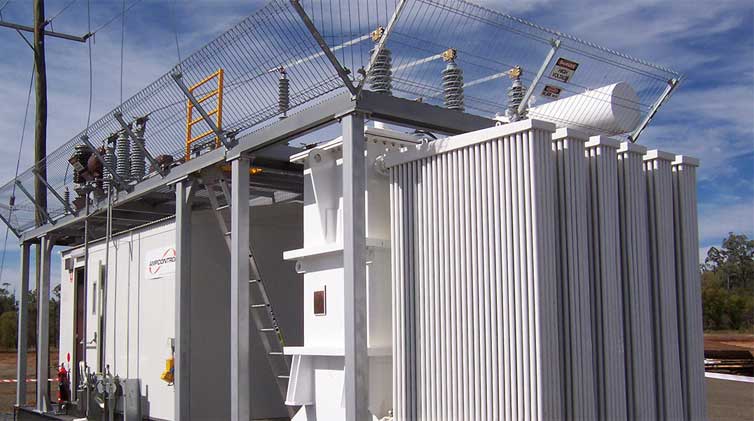Understand the Main Defects of the Voltage Tap Changer of the Distribution Transformer
The drawback of the tap-changer is the poor quality. Its structure is unreasonable, the pressure is not enough, and the contact is unreliable. The position of the outer character wheel is not completely consistent with the actual internal position, causing the position of the moving and static contacts not to be completely contacted. The misaligned moving and stationary contacts reduce the insulation distance between the two taps and cause a short circuit or discharge to the ground between the two taps. The short-circuit current quickly burns out the tap coil and even causes damage to the entire winding.
Coupled with human reasons, some electricians are unclear about the principle of the unloaded voltage regulator switch, and the voltage regulation often is not correct, resulting in partial contact of the static and dynamic contacts. The installation process is poor, and the inspection of the fastening bolts of various parts of the transformer is not careful, resulting in the water in the transformer box, so that the insulation of the tap changer and the insulation of the winding are damp. Operation and maintenance are not in place, and DL/T572-1995 "Transformer Operation Regulations" is not strictly implemented. Most transformers have not undergone routine maintenance and fouling during installation from the installation to the transformer, resulting in poor heat dissipation conditions and burned.
Therefore, after the load distribution transformer is unloaded, in order to avoid poor contact of the tap changer, DC bridges are required to test the integrity of the loop and whether the three-phase resistance is uniform.
Coupled with human reasons, some electricians are unclear about the principle of the unloaded voltage regulator switch, and the voltage regulation often is not correct, resulting in partial contact of the static and dynamic contacts. The installation process is poor, and the inspection of the fastening bolts of various parts of the transformer is not careful, resulting in the water in the transformer box, so that the insulation of the tap changer and the insulation of the winding are damp. Operation and maintenance are not in place, and DL/T572-1995 "Transformer Operation Regulations" is not strictly implemented. Most transformers have not undergone routine maintenance and fouling during installation from the installation to the transformer, resulting in poor heat dissipation conditions and burned.
Therefore, after the load distribution transformer is unloaded, in order to avoid poor contact of the tap changer, DC bridges are required to test the integrity of the loop and whether the three-phase resistance is uniform.
Jump to Content Sections
Leave a Message
You May Also Like
 English
English  français
français  Español
Español  русский
русский  العربية
العربية  tiếng việt
tiếng việt  Malay
Malay  Indonesia
Indonesia  বাঙালি
বাঙালি 


